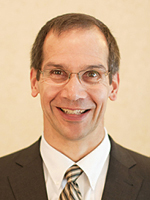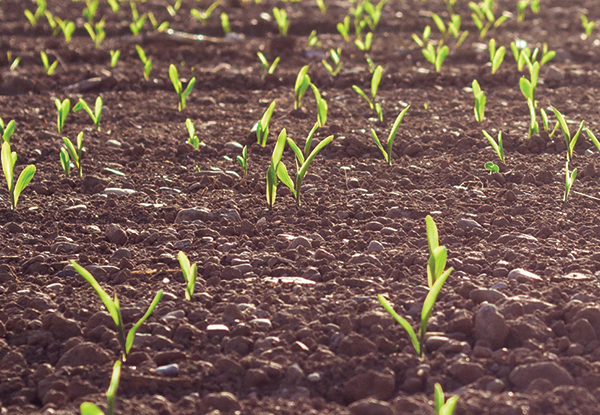To say Dr. Tom Bruulsema wrote the book on 4R Nutrient Stewardship isn’t much of a stretch. In 1994, Dr. Bruulsema joined the Potash & Phosphate Institute, which in 2007 became the International Plant Nutrition Institute (IPNI). Based in Guelph, Ontario, Canada, Bruulsema has helped spearhead the development of the 4R Nutrient Stewardship concept, including the coediting of the IPNI 4R Plant Nutrition manual.

Dr. Tom Bruulsema, IPNI
Bruulsema, a certified crop advisor, has been recognized as a fellow of the American Society of Agronomy, the Soil Science Society of America and the Canadian Society of Agronomy. He recently spent time with Unfenced, sharing impactful insights into establishing a beneficial approach to accomplishing the right application placement.
Unfenced: What’s the first step to improve nutrient placement strategy?
Bruulsema: Poor management of nutrient placement is usually the result of ignoring certain aspects. For instance, if you ignore the potential loss pathways for both nitrogen and phosphorus, poor placement can reduce both your nutrient efficiency and, for phosphorus particularly, increase the risk of phosphorus loss and water contamination.
Regarding poor placement of nitrogen, you can lose large amounts of ammonia through volatilization if you leave urea on the surface. That means you get enough volume of loss that you’d actually reduce the nitrogen available to your crops.
Unfenced: With the amount of attention being placed on nutrients ending up in the wrong place and having an unintended environmental impact, is it fair to say that this particular facet of the 4Rs is particularly important?
Bruulsema: Certainly, areas where there have been increasing algae blooms due to inputs is an issue we need to be paying attention to. And, of course, with the publicity those areas have received, the issue tends to get generalized to all areas.
We need to remember that with a nutrient like phosphorus and nitrogen, placement is more important to environmental performance than it is to agronomic performance. By that, I mean the amount of nutrient lost to water is impacted more by placement than is nutrient use efficiency.

Unfenced: In your discussions with growers, are there particular things about placement strategies and their effects that surprise them?
Bruulsema: I’m not sure if there’s one particular thing. I have met growers who applied phosphorus in the fall, and then had a major rainstorm the next day and thought, “Maybe I’ve wasted my money and I need to apply more phosphorus.”
If you look at the studies that have been done on phosphorus runoff, even when the phosphorus is left on the surface of the soil, you’re losing at most 10 percent of what you’ve applied. Ninety percent is still there.
So, you won’t really detect a difference in phosphorus availability for the crop, but that 10 percent that was lost can really harm water quality. That can be surprising to a number of farmers. I think the general impression with phosphorus has been, “Oh, the soil retains it, so we don’t need to worry about loss, as long as we control soil erosion.” Yes, soils retain phosphorus, but if you have specific conditions in which the fertilizer doesn’t get enough chance to interact with the soil, you still can have losses that are substantial from an environmental point of view.
Unfenced: In what ways can nutrient placement help a farmer increase his return on the input investment?
Bruulsema: Even though you may not expect that much of an agronomic benefit from better phosphorus placement, for instance, paying attention to it and ensuring you have the right equipment to get the job done at the right time… There’s a lot of ROI in that.
Also, a sound strategy starts with paying close attention to your soil tests and the variability within your field; and there’s opportunity to make money by saving on inputs where the input is less needed and by gaining yield where the nutrient is needed more.
When it comes to nitrogen, I think it’s very important to be paying attention to not only the spatial variability, but also the variability from year to year. That can make it a tougher challenge, but one that pays off. There’s definitely an ROI in placing nitrogen in the right place, and particularly at the right time.
Unfenced: What’s the most important thing for farmers to keep in mind about using placement management to better their fertilizer approach?
Bruulsema: One of the key principles of the 4R approach to nutrient stewardship is that they each have to be integrated. Placement can’t be considered in isolation from right time, right rate and right source. And not one of the four can even can be considered without looking at the entire cropping system.
The fact that our goal is not only economic, but environmental and social as well, requires addressing all those systems comprehensively. I think there’s huge opportunity for progress and, in turn, communicating that progress to the public when this approach is applied.
Also see Dr. Tom Bruulsema’s Five Key Considerations for Better Placement.